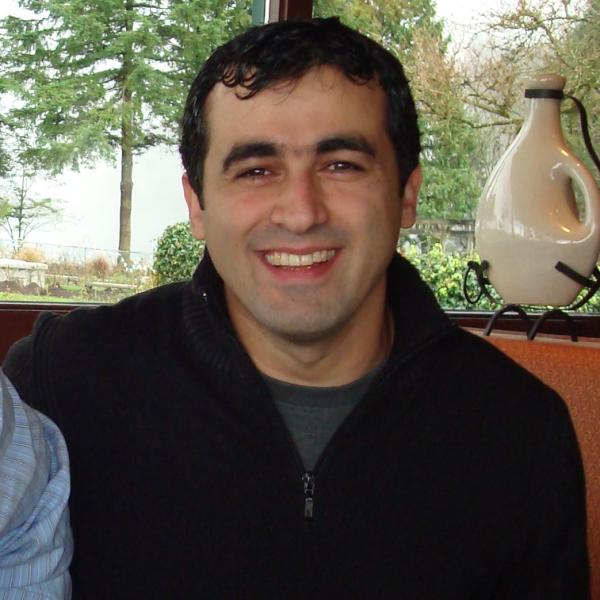Ali Bashashati
Assistant Professor
OVCARE, School of Biomedical Engineering, UBC
Ali Bashashati received his B.Sc. degree in Electrical Engineering from Sharif University of Technology (SUT), Iran in 2000, the M.Sc. degree in Biomedical Engineering from Amirkabir University of Technology (Tehran polytechnic), Iran in 2002, and the Ph.D. degree in Electrical & Computer Engineering from the University of British Columbia, Canada in 2007. He is currently the Director of AI and Bioinformatics Research in the Ovarian Cancer Research Program (OVCARE) of the BC Cancer/UBC. He is also an Adjunct Professor in the Electrical & Computer Engineering Department.
Research Focus
Dr. Bashashati’s research area lies at the interface between computational, engineering and biomedical sciences. He is interested in developing machine learning, statistical and signal processing algorithms and software infrastructure to combine various sources of omics and imaging data with major emphasis on discovering novel complex biological information related to different diseases. His research is specifically focused on ovarian and breast cancers as well as lymphoid malignancies and how these cancers evolve and respond to therapies. He has published extensively in cancer genomics, bioinformatics, computational biology and brain computer interface fields and his papers have appeared in top-tier journals such as Nature and Nature Genetics.
Example Project
“Novel Biomarker Discovery Platform for Ovarian Cancer: Towards Precision Medicine”
Ovarian cancer ranks fifth in cancer deaths among women, accounting for more deaths than any other cancer of the female reproductive system. Despite the revolution in our understanding of genetic and molecular drivers of different cancers, standard clinical management of ovarian cancer and patient outcomes have not seen any improvements in the past decades. Recent findings, including ours, in the classification of ovarian cancer based on genetic markers have important clinical implications, including the potential for identifying new treatments. However, until the discovery of surrogate biomarkers, these sub-classifications are based on labor-intensive assays with long turnaround times, limiting their routine use. We are building a platform for characterizing ovarian and endometrial cancers, based on advanced artificial intelligence (AI) techniques, by combining genetic and histopathology images. More specifically, we are building automated differential diagnostic tool for major ovarian cancer subtypes, investigate the relationship between genetic markers, histology and disease outcome, and combine these data for a comprehensive profile of each tumor.
Research Keywords
Artificial Intelligence/Machine Learning, Computational Biology, Computational Pathology, Cancer Genomics, Signal/Image Processing, Bioinformatics, Ovarian Cancer
